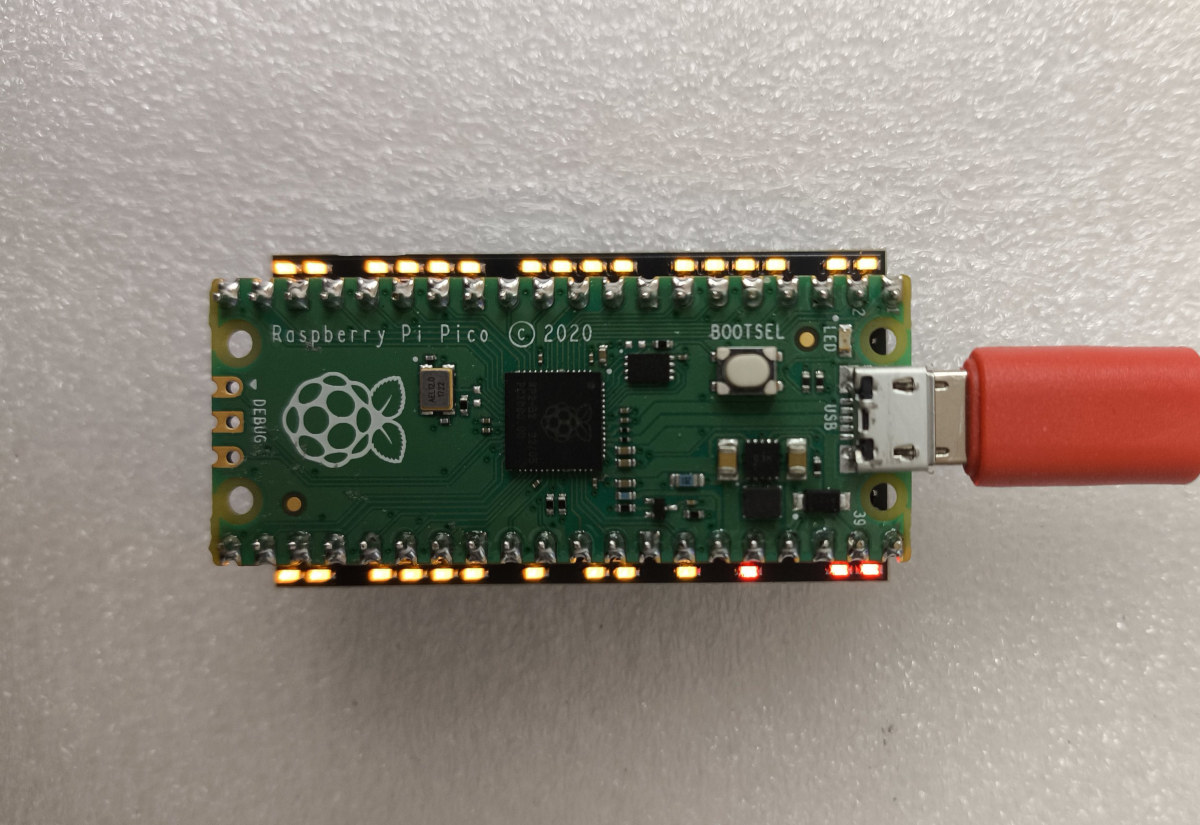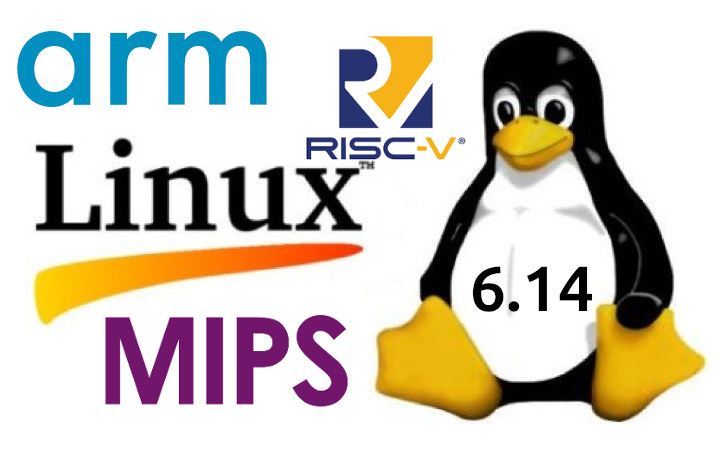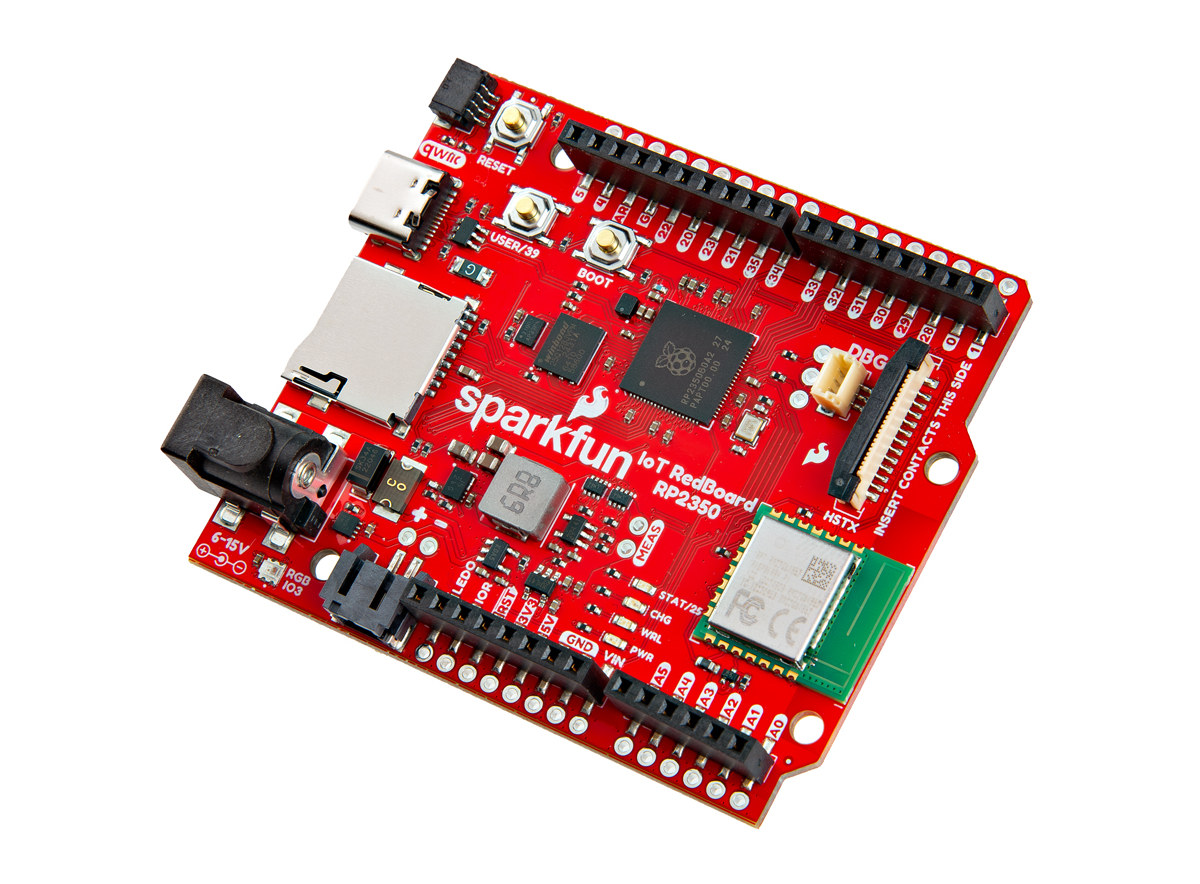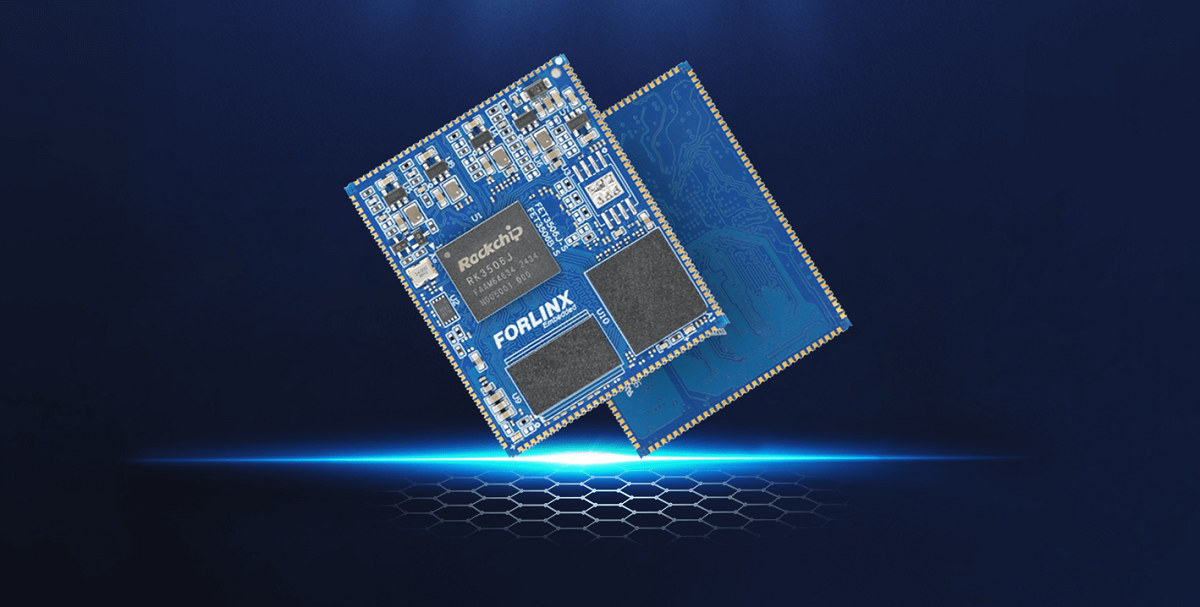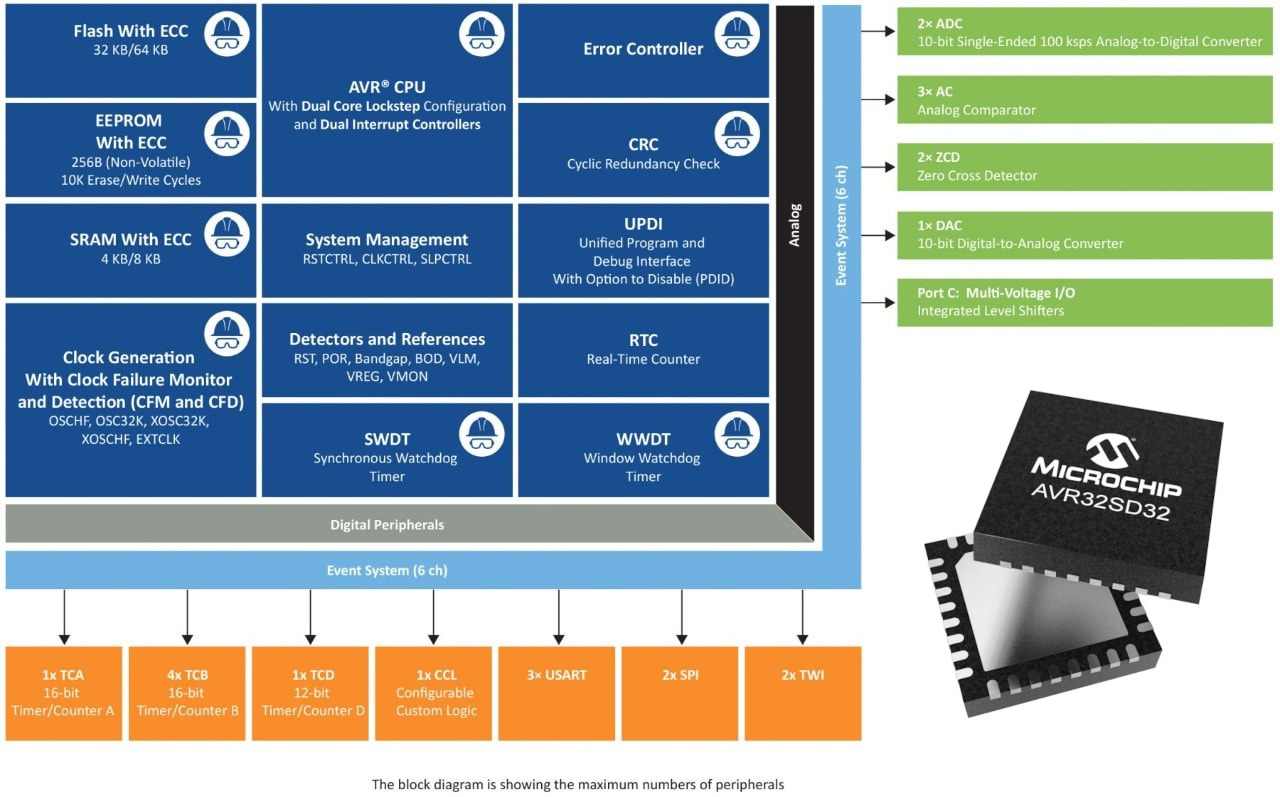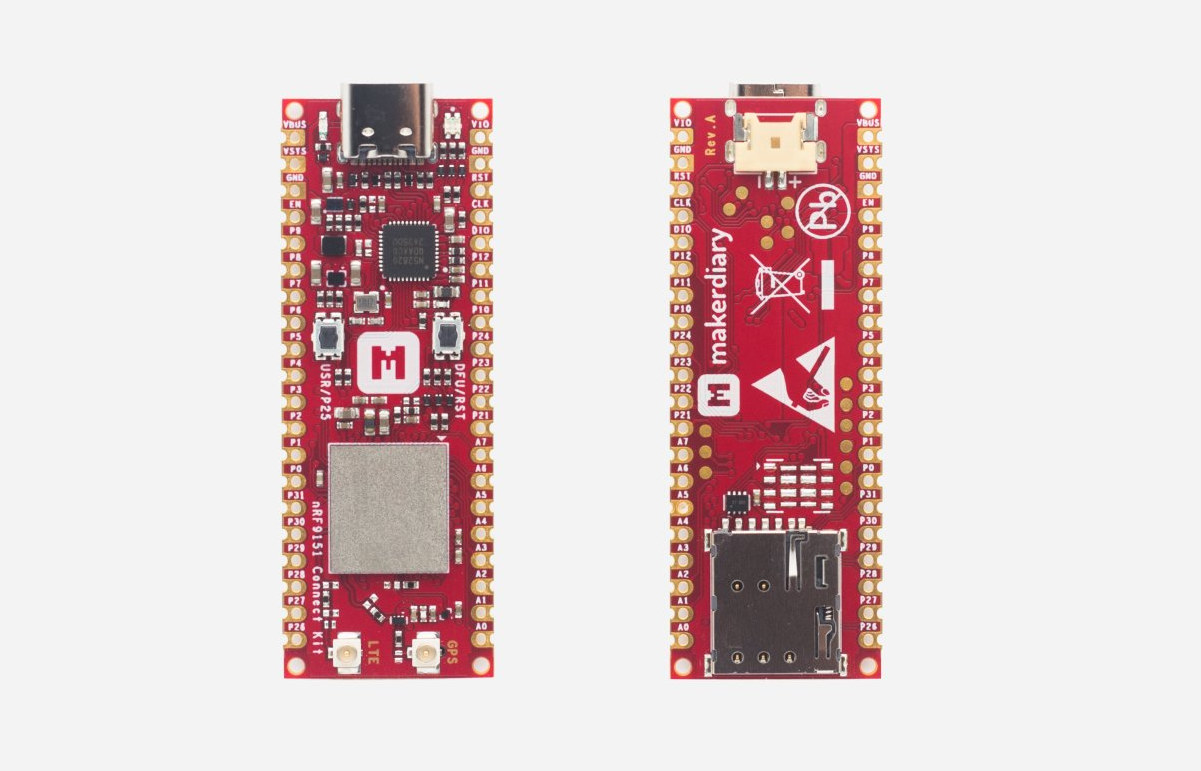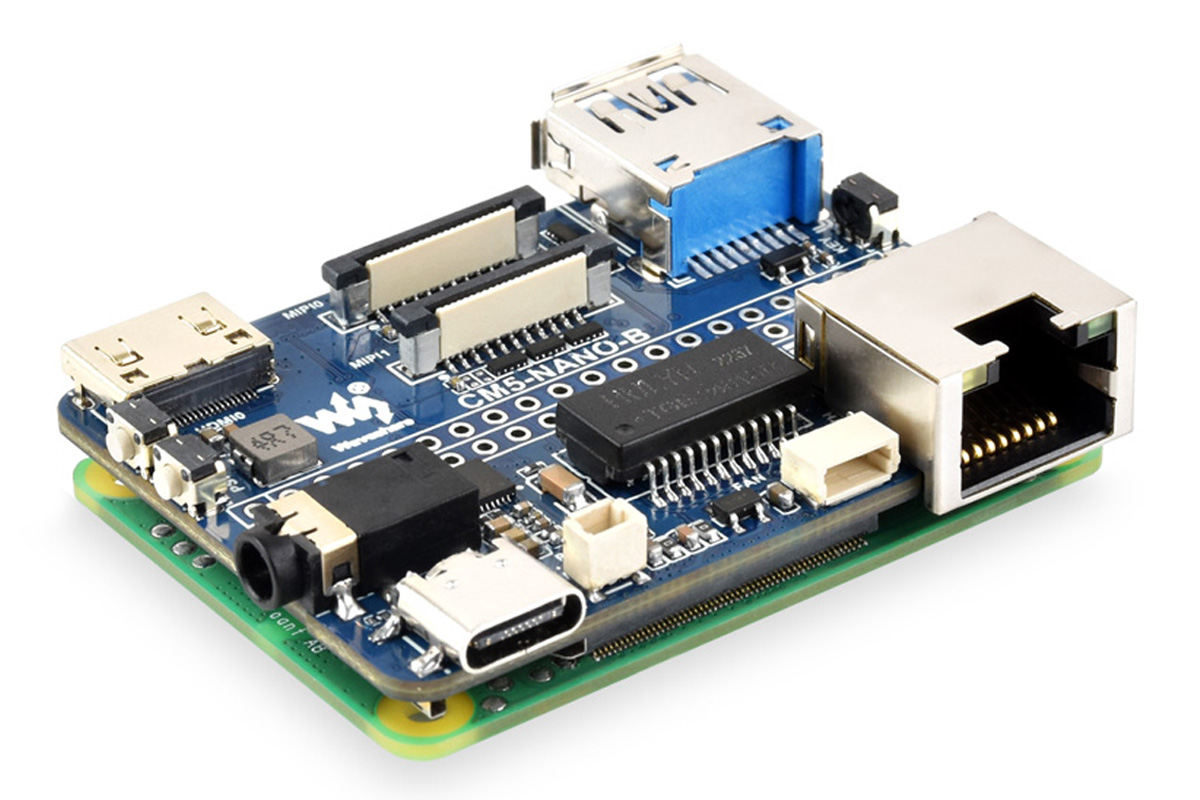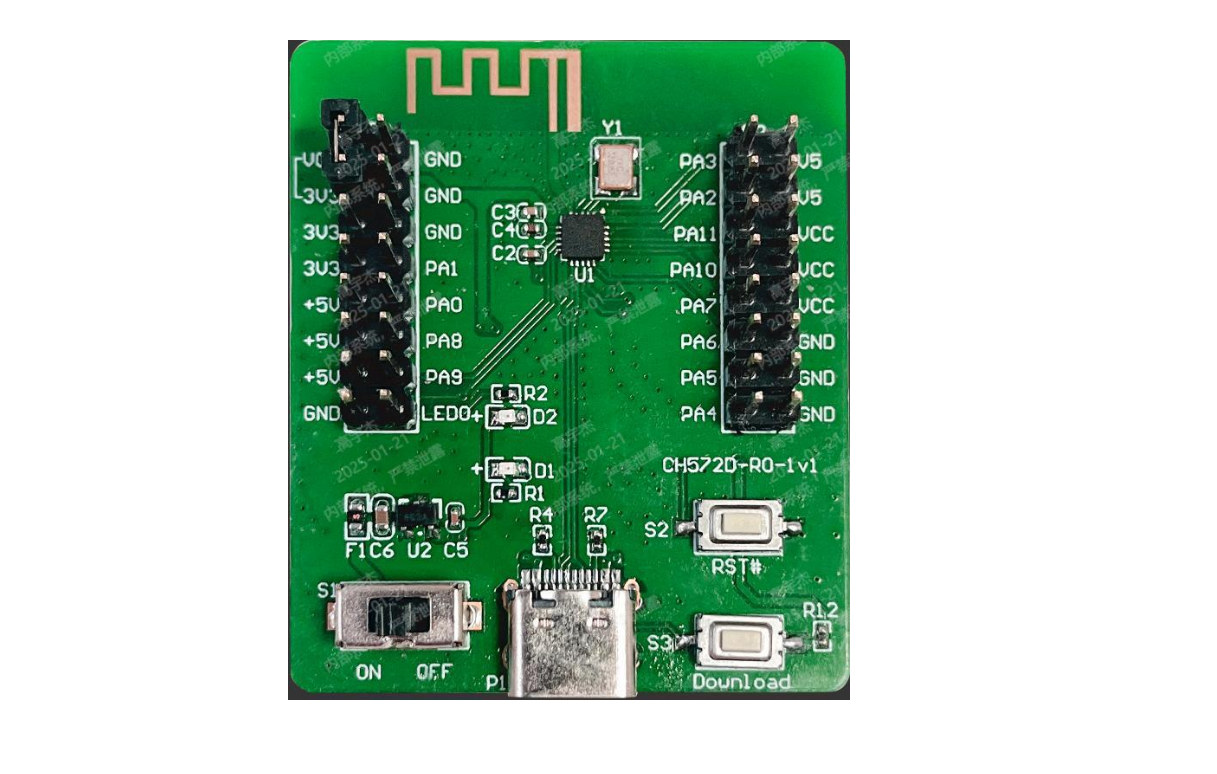8086 Consultancy has designed a simple board called the Pico Indicator to add LEDs to the GPIO and power pins of the Raspberry Pi Pico and other boards with the same pinout. In the past, we’ve seen some educational boards like the Cytron Maker Uno RP2040 include LEDs for each GPIO that make it more visual for students, but can also help debug projects without having to connect a multimeter or oscilloscope. Most MCU boards only include a few LEDs, and that includes the Raspberry Pi Pico family, which only features one user LED. The Pico Indicator fixed that by adding 29 LEDs for use with the Pico, Pico W, Pico 2, Pico 2 W, and compatible boards to show which pins are logic level high. Pico Indicator highlights: Compatible with any board following the 2x 20-pin headers layout of the Raspberry Pi Pico 29x LED indicators GPIO – 26x […]
Linux 6.14 release – Main changes, Arm, RISC-V, and MIPS architecture
Linus Torvalds has just announced the release of Linux 6.14 on LKML: So it’s early Monday morning (well – early for me, I’m not really a morning person), and I’d love to have some good excuse for why I didn’t do the 6.14 release yesterday on my regular Sunday afternoon release schedule. I’d like to say that some important last-minute thing came up and delayed things. But no. It’s just pure incompetence. Because absolutely nothing last-minute happened yesterday, and I was just clearing up some unrelated things in order to be ready for the merge window. And in the process just entirely forgot to actually ever cut the release. D’oh. So yes, a little delayed for no good reason at all, and obviously that means that the merge window has opened. No rest for the wicked (or the incompetent). Below is the shortlog for the last week. It’s nice and […]
SparkFun IoT RedBoard – Raspberry Pi RP2350 or ESP32 WiFi & Bluetooth boards with Arduino UNO R4 form factor
SparkFun has just launched the “IoT RedBoard – RP2350” and “IoT RedBoard – ESP32” boards with Arduino UNO R4 form factor based on respectively Raspberry Pi RP2350B + RM2 wireless module and ESP32-WROOM-32E WiFi and Bluetooth module. Both boards feature Arduino UNO headers and a Qwiic connector for expansion, a microSD card for storage, battery support, USB and DC jack power input, plus a few buttons and LEDs. The RP2350 board also adds an HSTX connector mainly useful for controlling HDMI or SPI displays. Sparkfun IoT RedBoard specifications: MCU sub-system and wireless RP2350 model MCU – Raspberry Pi RP2350B CPU Dual-core Arm Cortex-M33 @ 150 MHz with Arm Trust zone, Secure boot Dual-core RISC-V Hazard3 @ 150 MHz Up to two cores can be used at any given time Memory – 520 KB on-chip SRAM Memory – 8MB PSRAM Storage – 16MB Flash Wireless module – Raspberry Pi RM2 2.4 […]
Forlinx FET3506J-S low power system-on-module features Rockchip RK3506J industrial-grade tri-core Cortex-A7 SoC
Forlinx FET3506J-S system-on-module (SoM) is based on a Rockchip RK3506J SoC, the industrial version of the RK3506 tri-core Cortex-A7 SoC, designed for smart industrial applications, and operating at a low power consumption of about 0.7 Watts. The Rockchip RK3506 SoC was first unveiled in 2023 through a product roadmap. However, we only spotted it in a product at the very end of 2024 with the Luckfox Lyra and Luckfox Lyra Plus featuring a MIPI CSI display connector and optional Ethernet. The Forlinkx FET3506J-S CPU module is the first platform with the industrial version (RK3506J), and the company also provides the OK3506 carrier board/development board for evaluation. Forlinx FET3506J-S system-on-module Specifications: SoC – Rockchip RK3506J CPU 3x Arm Cortex-A7 core up to 1.5 GHz or 1.6 GHz (depending on where one looks in the documentation) Arm Cortex-M0 real-time core GPU – 2D GPU only No VPU, no NPU System Memory – […]
Microchip AVR SD 8-bit dual-core microcontrollers offer functional safety for less than one dollar
Microchip AVR SD family of low-cost 8-bit microcontrollers (MCUs) feature built-in functional safety (FuSa) mechanisms designed to meet Automotive Safety Integrity Level C (ASIL C) and Safety Integrity Level 2 (SIL 2) requirements, both of which mandate redundant safety checks. Hardware safety features include a dual-core lockstep CPU, two ADCs for redundancy, an Error Correction Code (ECC) on all memories, a dedicated error controller module, error injection mechanisms, and voltage and clock monitors. The company further explains the AVR SD MCU meets Fault Detection Time Interval (FDTI) targets as low as 1 millisecond, and its functional safety management system has been certified by TÜV Rheinland. Microchip AVR SD specifications: MCU core – AVR CPU in Dual-Core Lockstep (DCLS) clocked at up to 20 MHz Memory – 4 KB or 8KB SRAM with ECC Storage 32 KB or 64KB in-system-programmable Flash memory with ECC 256B EEPROM with ECC 512B of user […]
Makerdiary nRF9151 Connect Kit board offers LTE-M, NB-IoT, DECT NR+, and GPS connectivity, on-board battery charger
Makerdiary nRF9151 Connect Kit is a Nordic Semi nRF9151-based board with LTE-M, NB-IoT, GNSS, and DECT NR+ connectivity, an on-board battery charger, and a built-in nRF52820 “interface” MCU for debugging and programming. The board features a USB-C port for power and programming, two 20-pin headers for expansion with through and castellated holes, a nano SIM card slot and a footprint for an eSIM, user and reset buttons, and a few user LEDs. Makerdiary nRF9151 Connect Kit specifications: SiP – Nordic Semi nRF9151 CPU – Arm Cortex-M33 @ 64 MHz Memory – 256 KB SRAM Storage – 1 MB flash Wireless – LTE-M and NB-IoT modem with GNSS 700-2200 MHz LTE bands: B1-B5, B8, B12, B13, B17-B20, B25, B26, B28, B65, B66, B85 Power Class 5 20 dBm Power Class 3 23 dBm 1.9GHz NR+ band support Certified for global operation Security – Arm TrustZone + Arm CryptoCell Interface MCU – […]
Waveshare CM5-NANO-B is a compact Raspberry Pi CM5 carrier board with the same dimensions as the Compute Module 5
Waveshare has just released the CM5-NANO-B, a compact Raspberry Pi CM5 carrier board, with the same dimensions as the Compute Module 5 and multiple peripheral interfaces making it suitable for industrial automation, IoT, embedded computing, AI development, and other space-constrained applications. Key features include a Gigabit Ethernet RJ45 port, an unpopulated 40-pin Raspberry Pi GPIO header, a USB 3.2 Gen1 Type-A port, dual MIPI 4-lane interfaces, a mini HDMI port supporting 4K output, a USB audio 3.5mm jack, a microSD card slot, and a 16-pin PCIe Gen2/3 x1 connector. Power is supplied via a USB-C port (5V/5A), and additional features include an RTC battery header, a 4-pin PWM fan header, a dual-color LED indicator, and user-configurable buttons. Waveshare CM5-NANO-B specifications: Compatibility – Raspberry Pi Compute Module 5 (CM5) Storage – MicroSD card slot (for Raspberry Pi CM5 Lite) Display Mini HDMI output up to 4K resolution Up to 2x MIPI […]
10-cent WCH CH570/CH572 RISC-V MCU features 2.4GHz wireless, Bluetooth LE 5.0, USB 2.0
Patrick Yang, CTO at WCH, has recently unveiled the CH570 RISC-V SoC with 2.4GHz wireless and USB 2.0 (host & device) as an upgrade to the popular CH32V003 general-purpose RISC-V MCU with more features at the same low price (10 cents). CH570 also comes with 12KB SRAM and 256KB flash (vs 2KB SRAM and 16KB flash for the CH32V003), offers up to twelve GPIO, six PWM, I2C, UART, SPI, and a 20-channel key detection module. There’s also the CH572 with the same features, except it also supports Bluetooth LE 5.0. As a side note, I wrote about the CH572 RISC-V MCU with BLE in 2019, but I guess it was scraped likely because it had OTP instead of flash…, and the new CH572 (2025) is different. WCH CH570/CH572 specifications: CPU core QingKe 32-bit RISC-V3C core @ up to 100 MHz (RV32IMBC instruction set and custom instructions) Low-power 3-stage pipeline High-speed […]


